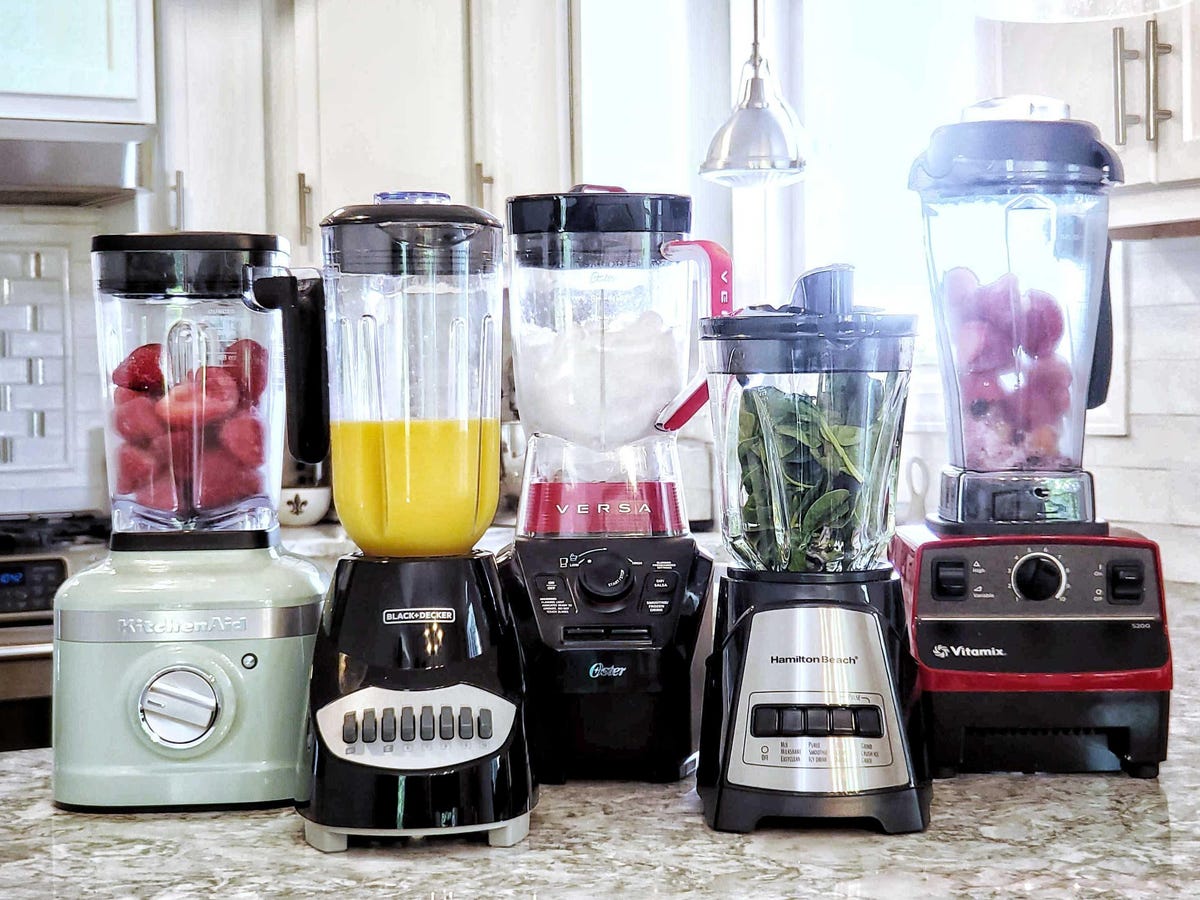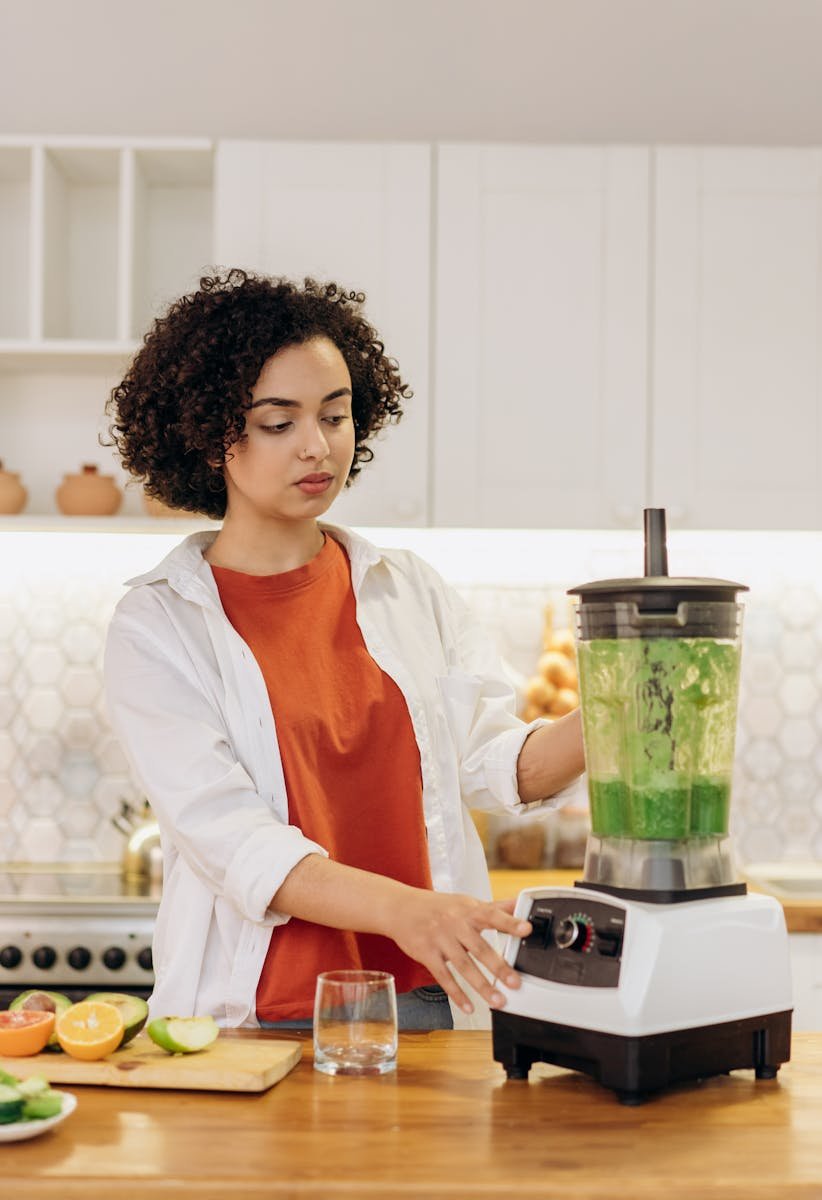Have you ever found yourself ready to whip up a smoothie or blend a fresh salsa, only to discover that while your blender is spinning, it’s just not blending? It’s a common conundrum that can leave you scratching your head. But before you consider giving up on your trusty kitchen companion, let’s run through a full troubleshooting guide. Here at TheKitchenApplianceDad.com, we’ve seen our fair share of blender blunders, and we’re here to help you get back to blending without a hitch.
When you experience a situation where the blender’s motor is running but the contents remain unblended, it’s often a case of the blades spinning without effectively interacting with the food. This can be caused by a number of factors, ranging from simple oversights to mechanical failures.

1. Check the Blade Assembly
A common issue is that the blade assembly may be loose or not properly attached to the blender’s base. Ensure the blades are tightly screwed onto the base or the pitcher. If they’re loose, they may spin without creating the necessary vortex to pull the ingredients down.
2. Inspect the Coupler
The coupler is the part of the blender that connects the motor to the blade assembly. Check for any signs of wear or damage. If it’s stripped or not engaging with the blades correctly, it could be why the blender is spinning ineffectively.
3. Evaluate the Seal and Gasket
A broken seal or gasket within the blade assembly can cause leakage, which might lead to a loss of pressure and ineffective blending. If you notice any leakage while the blender is in operation, it’s time to replace the seal or gasket.
4. Review the Amount and Size of Ingredients
Sometimes, the problem lies not with the blender itself but with how it’s being used. If you’ve overfilled the blender or added ingredients that are too large or hard, it could prevent the blades from blending properly. Try reducing the amount or cutting ingredients into smaller pieces.
5. Check for Overheating
Blenders can overheat if run for too long, especially when blending dense or tough ingredients. If the motor is too hot, it may not be providing enough power for the blades to blend effectively. If your blender feels hot to the touch, turn it off and let it cool down before attempting to blend again.
6. Assess the Power Settings
Make sure you’re using the correct settings for what you’re trying to blend. Some blenders have specific settings for different types of food. Using the wrong setting could result in ineffective blending.
7. Ensure Proper Lid Placement
If the lid isn’t on securely or has a missing plug, the change in air pressure inside the blender could affect the blending process. Make sure the lid is properly sealed before starting your blender.
8. Blade Sharpness
Dull blades can greatly reduce a blender’s effectiveness. If your blades are old and haven’t been replaced in a while, they might not be sharp enough to blend your ingredients properly.
To avoid blending issues in the future, consider these maintenance tips:
A blender that spins but won’t blend can be a source of frustration, but it’s often an issue that can be resolved with a bit of troubleshooting. By following this guide, you can identify and fix the problem without the need for immediate professional help.
Remember, if none of these solutions work, it might be time to contact customer service or consider seeking a professional repair. Always prioritize safety and never attempt repairs that are beyond your skill level or could void your warranty. For more helpful tips and guides on maintaining your kitchen appliances, keep visiting us here at TheKitchenApplianceDad.com!

